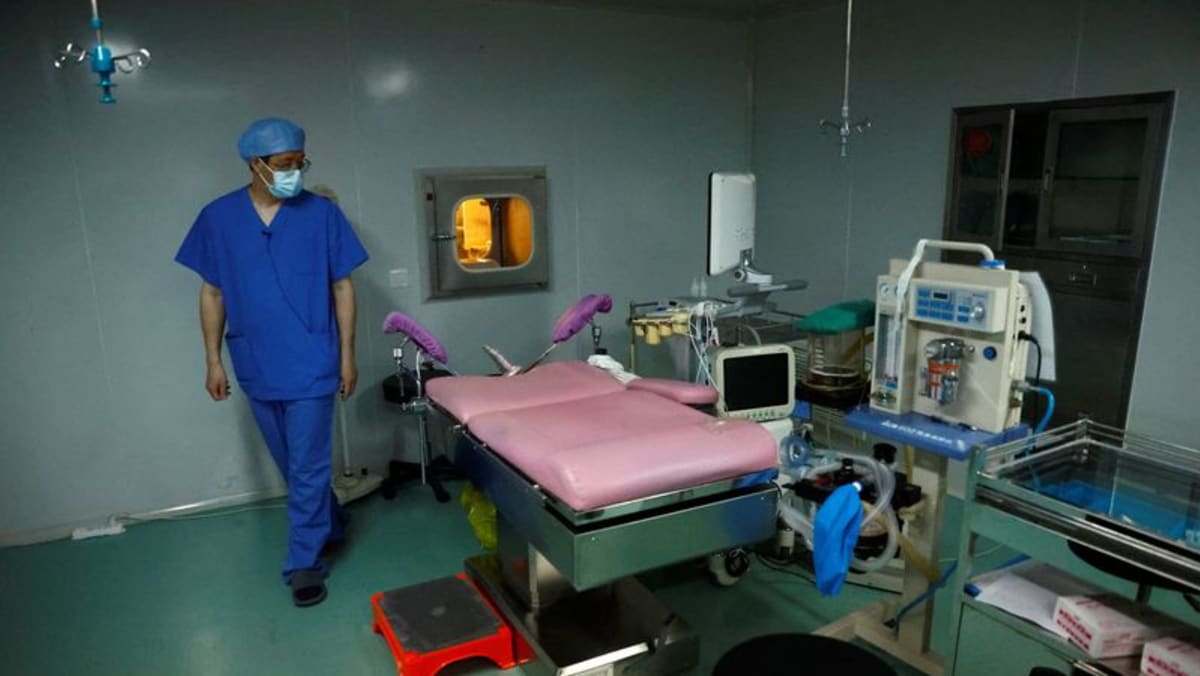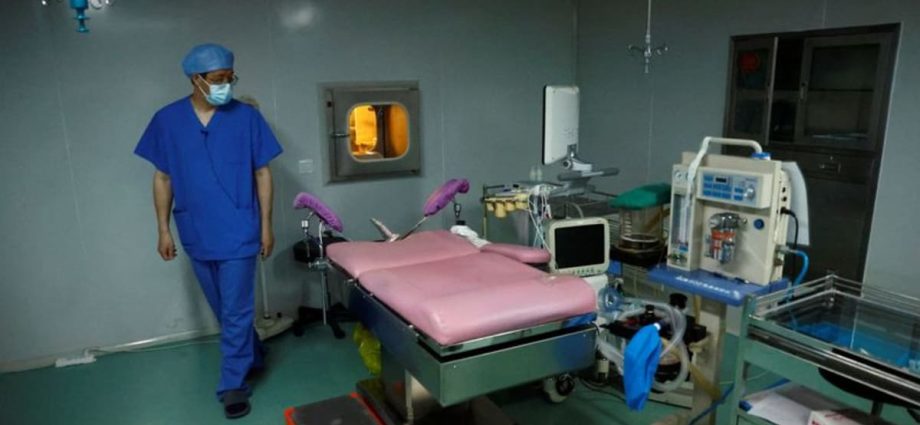
HUGE UNMET NEED
Lyppens said most IVF clinics in China operated at full capacity before the COVID-19 pandemic, and are likely to be in a similar situation again soon as the country has lifted virus-related curbs. There are no estimates for how many patients want but cannot access treatment, but some women benefiting from it say they spend hours waiting for their turn.
“The queues in the hospital are very long,” said 34-year-old Xiangyu, a married woman undergoing IVF in Chongqing, some 300km east of Chengdu. She spoke on the condition of partial anonymity for privacy reasons.
Chinese hospitals and clinics, both public and private, provide about 1 million rounds of IVF treatment – or cycles – annually, compared with 1.5 million in the rest of the world, according to academic journals and industry experts.
The price for a cycle – which involves medication for ovarian stimulation, egg collection, insemination in a laboratory and embryo transfer – is regulated in China. It ranges between US$3,500 and US$4,500, about a quarter of US prices.
China has 539 public and private IVF facilities, and the NHC has said it aims to set up one facility for every 2.3 million people by 2025, which would take the total above 600.
China’s IVF market, including treatment, drugs and equipment, is expected to grow at a compound annual rate of 14.5 per cent in coming years, nearly doubling to 85.4 billion yuan in 2025 from 49.7 billion yuan, research house Leadleo estimated in a report last year. Vivian Zhang, managing director of Merck China, which provides fertility products and services for IVF clinics in the country, said cities in the less-affluent inland provinces are quickly developing fertility centres similar to those in Beijing and Shanghai.
“There is a huge unmet medical need for Chinese patients,” said Zhang, adding she was “very optimistic” about the IVF market in China.
Gender power imbalances, the stigma in Chinese society that single pregnant women face, and the lack of social surveys make it difficult to quantify total demand and how much it would grow should the reforms be introduced in the near future, industry experts say.
But proxies exist.
Camila Caso, director of platform at Recharge Capital, which invests in fertility clinics and technology, said 500,000 IVF cycles are provided to Chinese women annually in clinics in other countries – a third of all cycles outside China.
Many Chinese women prefer clinics abroad if they are single, or if they want to do various genetic tests or choose the sex of the child, Caso said. A three-decade-old Chinese law designed to address a gender imbalance bars parents from learning the sex of a foetus.
The country implemented a rigid one-child policy from 1980 until 2015 – the root of many of its demographic challenges that have allowed India to become the world’s most populous nation. The limit has since been raised to three children.
Caso said her fund was currently rolling out two clinics in Bangkok and Kuala Lumpur and aims to have around 15 in Thailand, Malaysia and Singapore in the next three to four years. The fund is not investing in China because of uncertainty over IVF incentives, she said, adding that Recharge could capture Chinese demand via the Southeast Asian market.
Lu Weiying, a Chinese political adviser and chief expert at the Reproductive Medical Center of Women and Children in China’s southern Hainan province, said she submitted a proposal to the country’s leaders in March to give single women access to egg freezing, a procedure more and more people were seeking.
“People in China are marrying and having children much later than previously, which has led to an increase in infertility, miscarriage and increased risk of foetal abnormalities,” she said.

